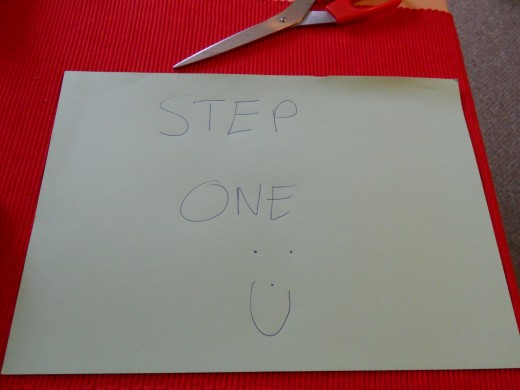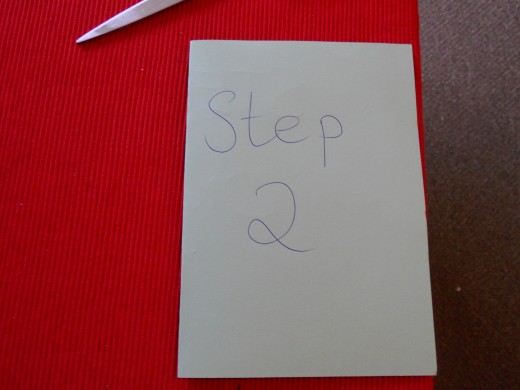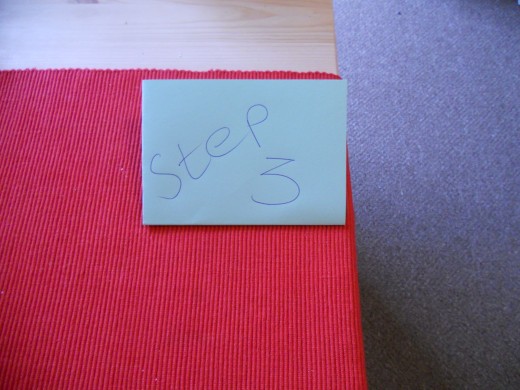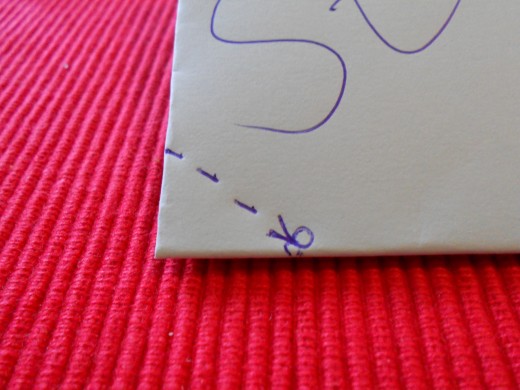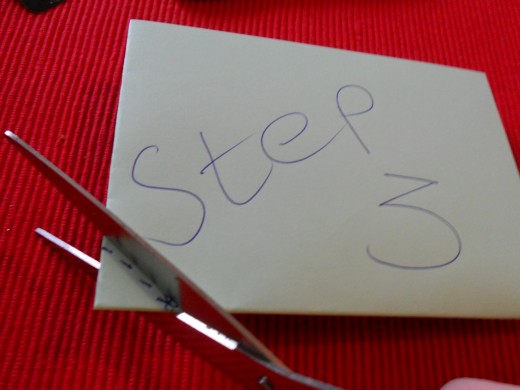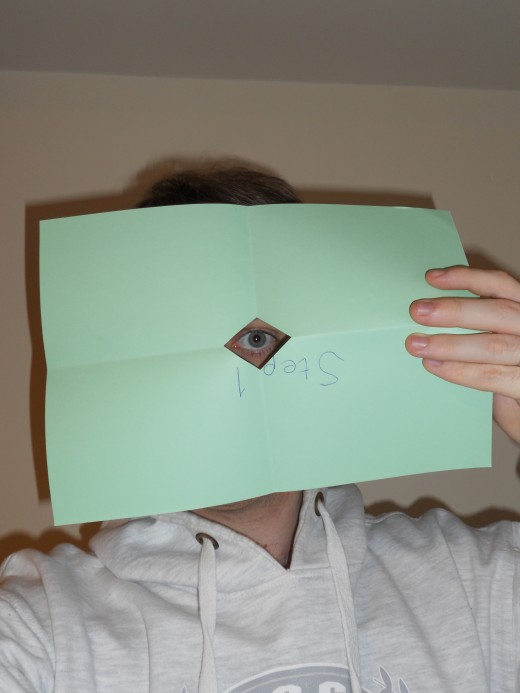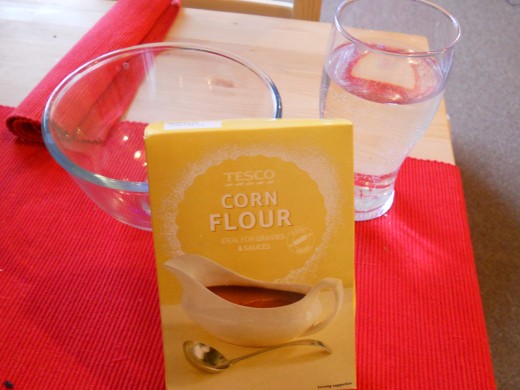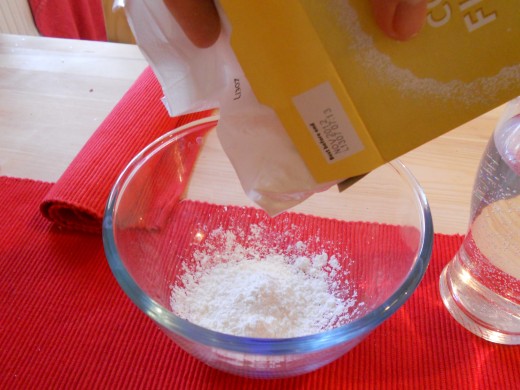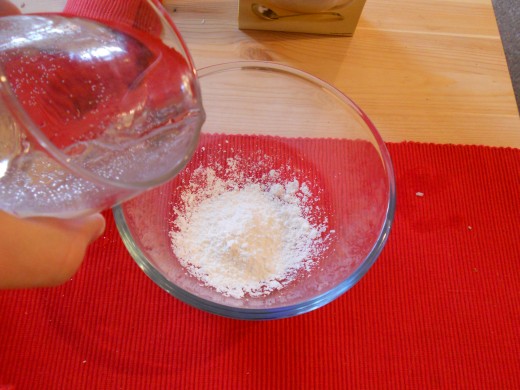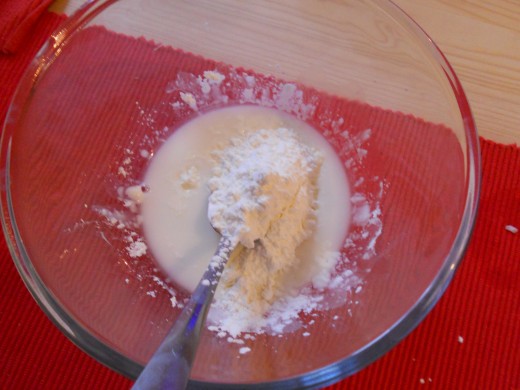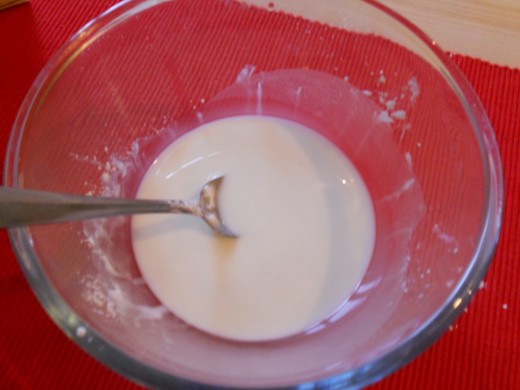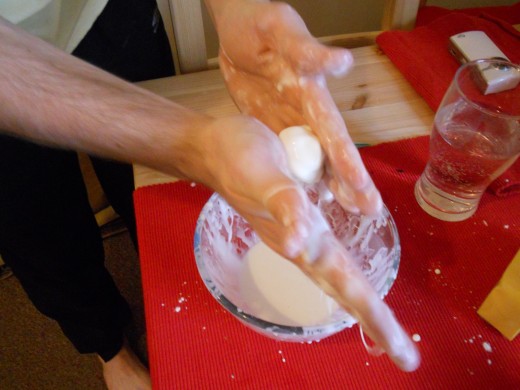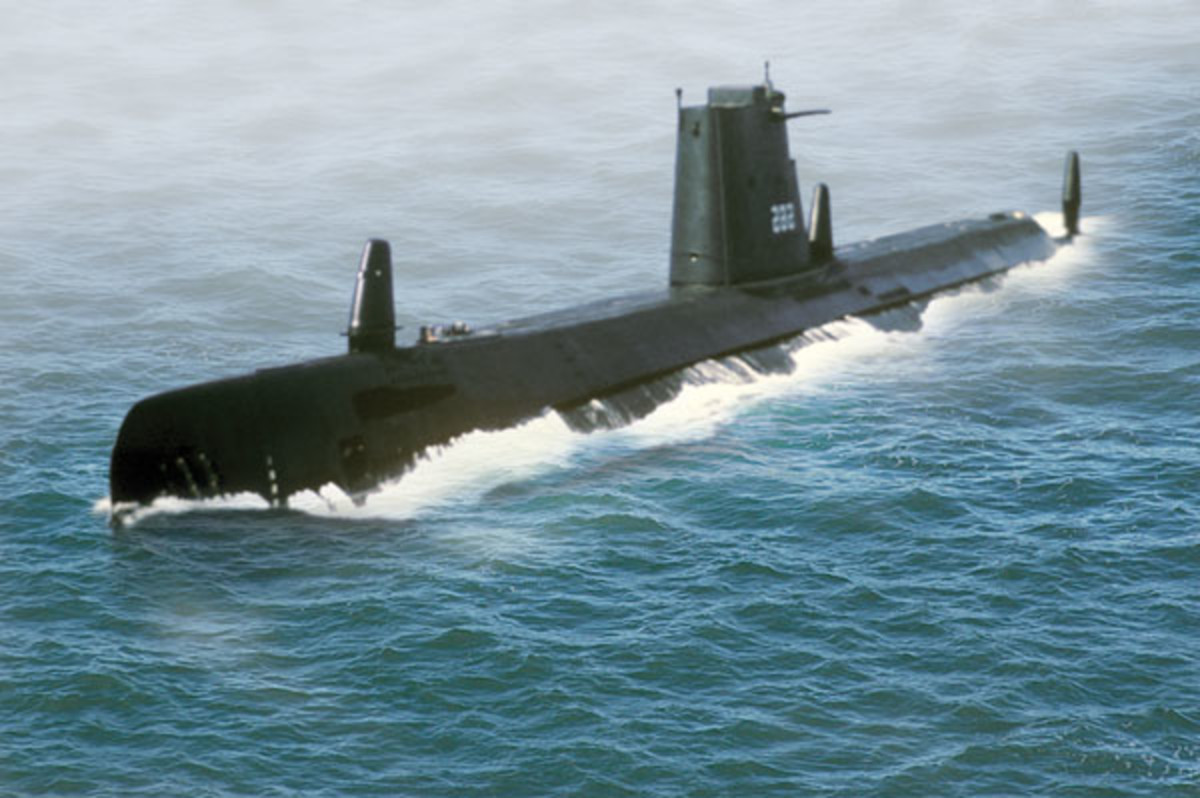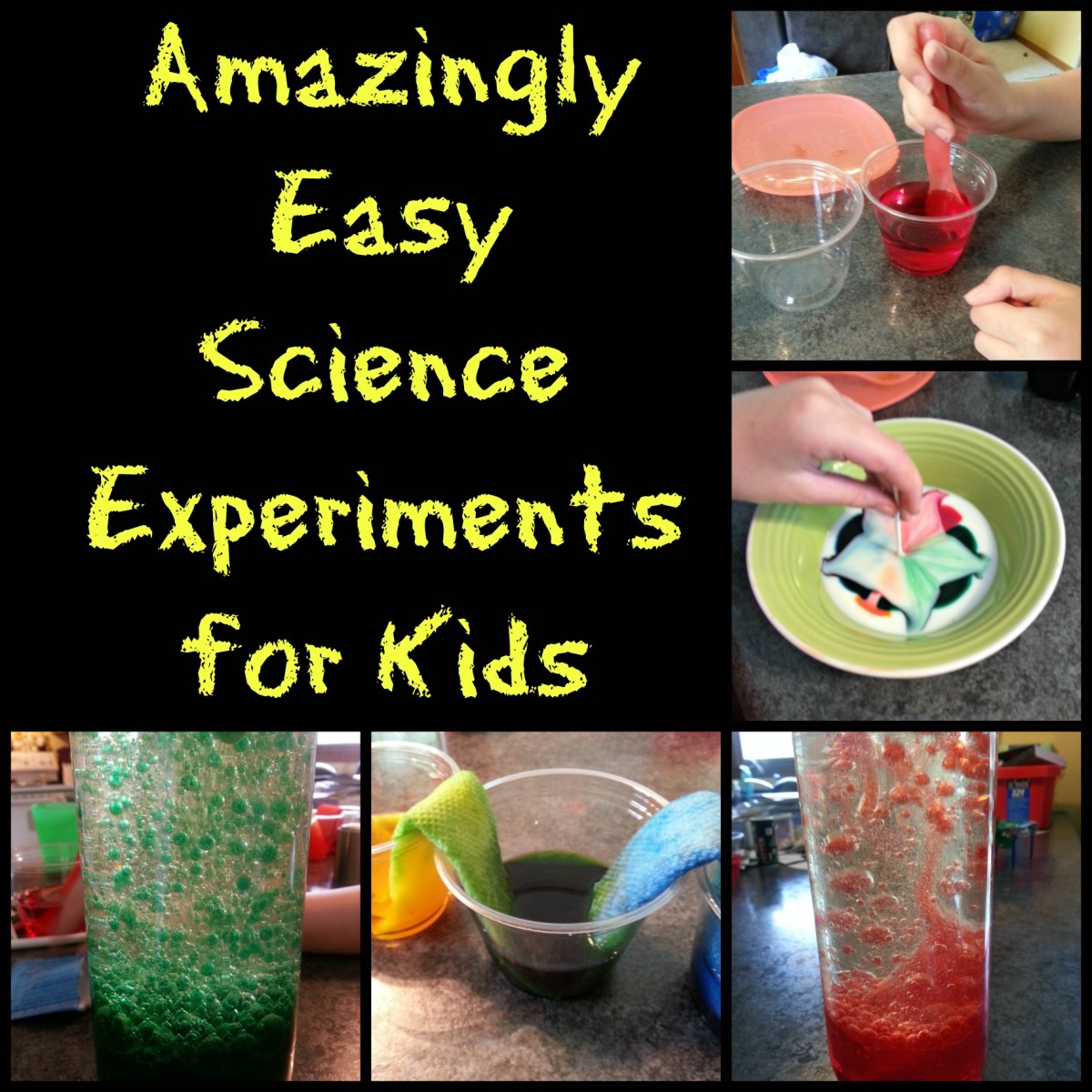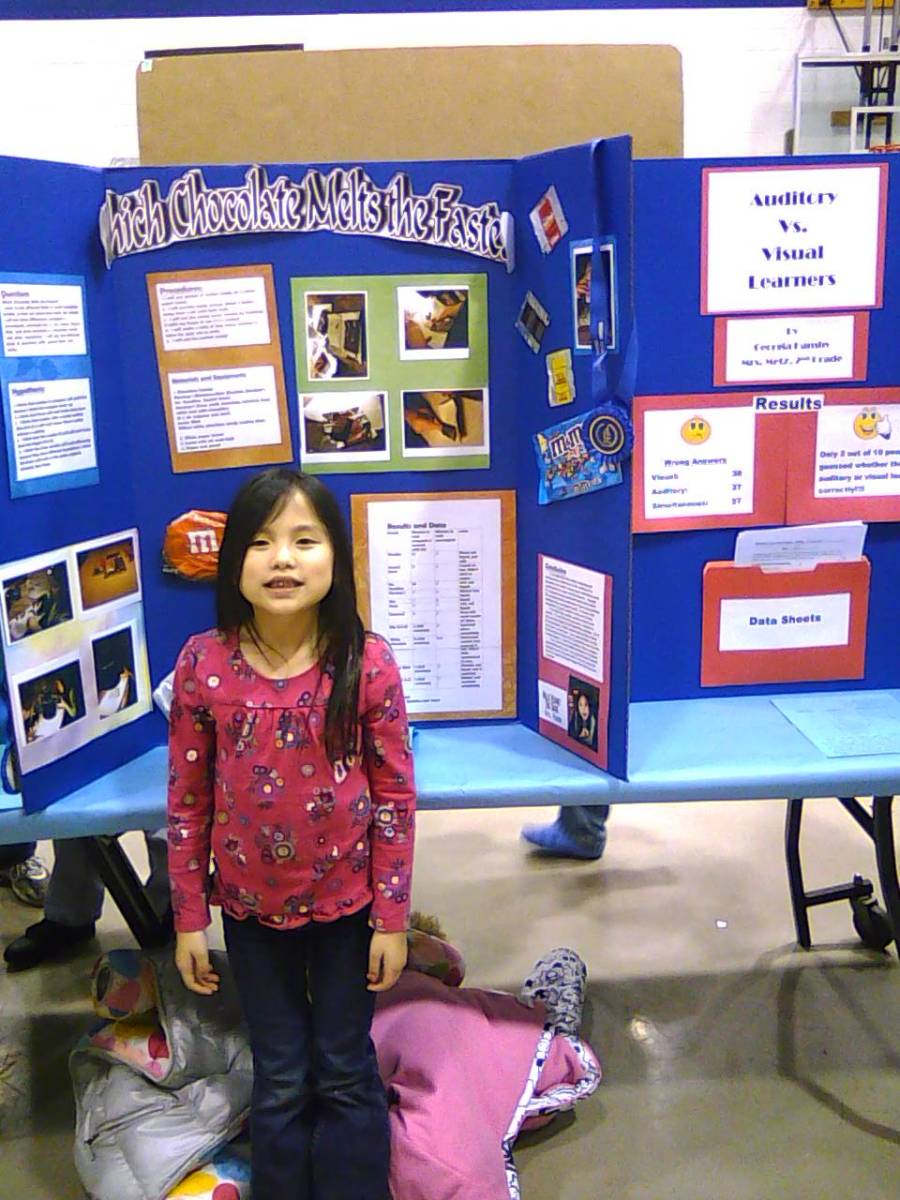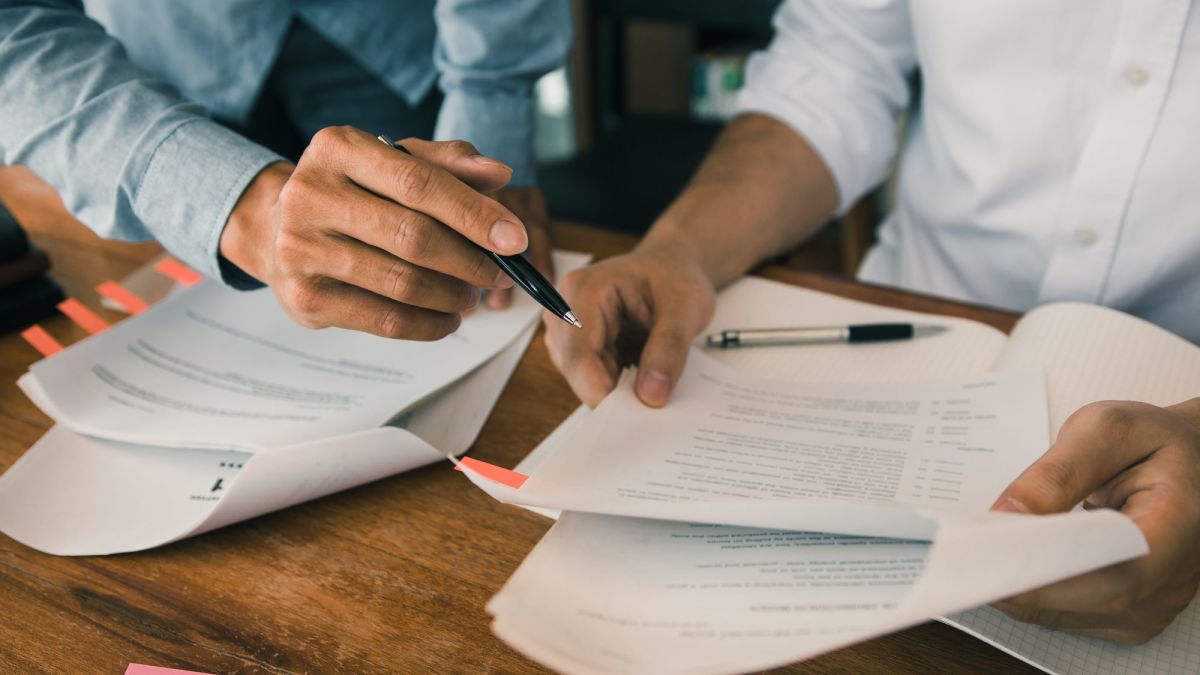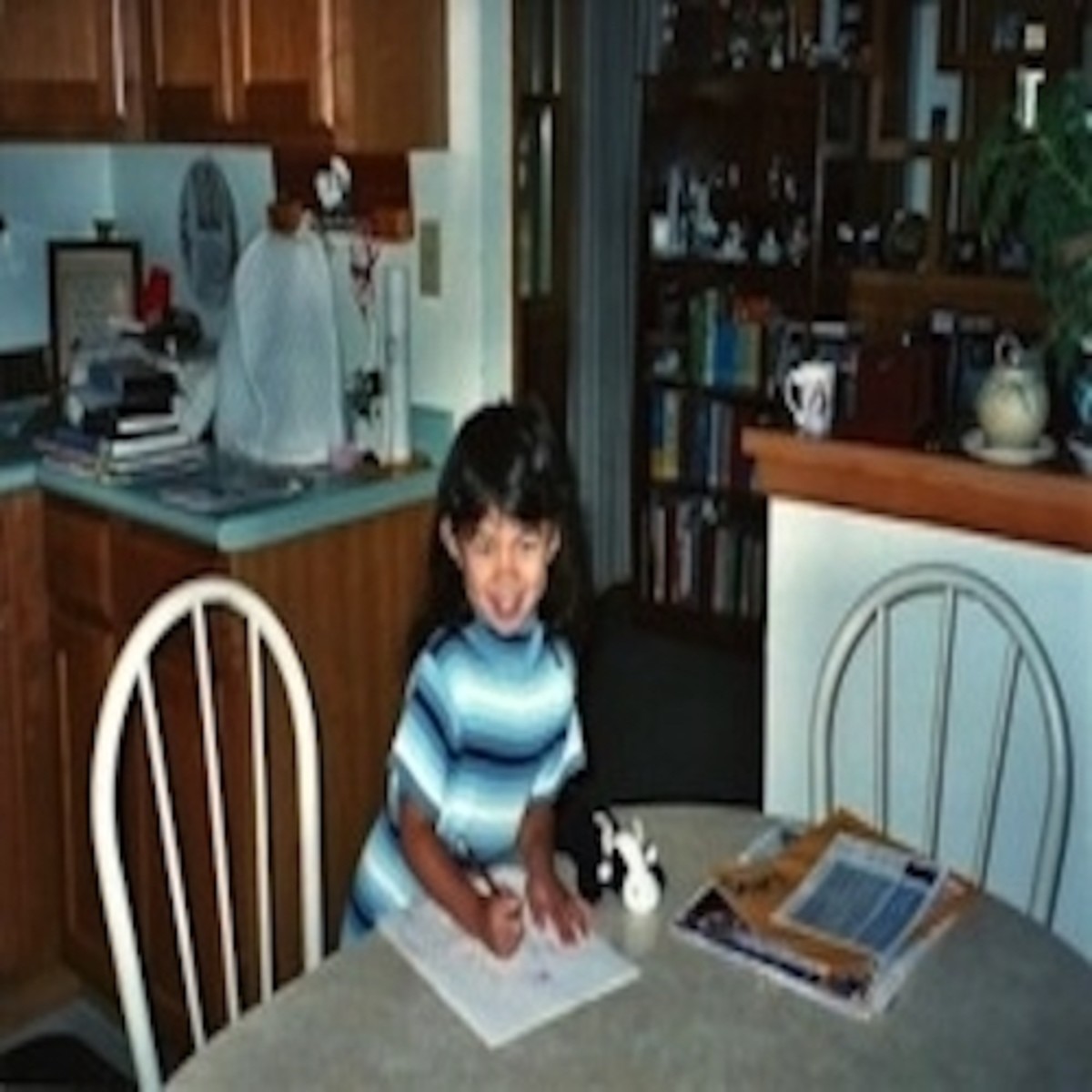More Top Ten Science Experiments to Try at Home
Fun Experiments for the Home
After the huge success of Top 10 Experiments to Try at Home, I decided to publish another hub on experiments to try at home. We take a look at a different type of slime, play around with aerodynamics, play with optical illusions and make our own lava lamp. As with the first hub, each experiment has an equipment list, easy-to-follow instructions and some next steps to turn these experiments into investigations.
This hub epitomises my philosophy that science doesn't need to be difficult or expensive - it is all around us!
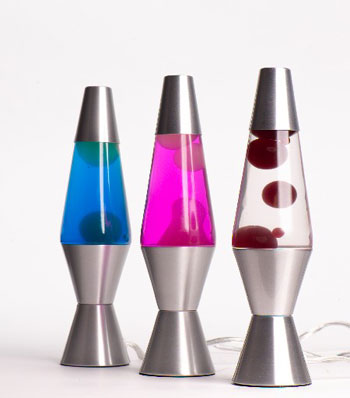
1. Make Your Own Lava Lamp
Use density for your own amusement! You will need:
- Transparent Jar with tight-fitting lid (jam jar or similar)
- Water
- Vegetable Oil
- Food Colouring
- Salt
- Torch
- Glitter (optional)
What to do:
- Fill the jar to around the 3/4 mark with water. Then add food colouring of your choice (a drop at a time) until you have your desired colour. Add glitter
- Fill your jar almost to the top with oil and leave for 15mins to settle
- Add teaspoons of salt - you will start to see a lava-lamp effect.
- Shine a torch through the jar and the effect is complete!
- NB When the salt dissolves, the oil will return to the surface. Add more salt to see the effect again.
What's Happening? Oil is less dense than water, and so rests on top. When you add salt, it sticks to the oil; because salt is more dense than water, it sinks - when enough salt attaches to a blob of oil, the whole blob sinks. When the salt dissolves in the water, the oil's low density causes it to rise up again.
Next? Experiment with different ratios of oil: water, different types of oil, still vs. sparkling water.
2. Elephant's Toothpaste
A child-friendly version of the video is below. You will need:
- Fizzy Drinks Bottle
- Hydrogen Peroxide 6% (Purchased from beauty stores)
- Washing up liquid
- Food colouring
- Yeast (about 1 tablespoon)
- High sided baking tray
- A funnel
What to do:
- Dissolve 1 tablespoon of yeast in about 2 tablespoons of warm (but not hot) water
- Put the drinks bottle into the baking tray.
- Add a few drops of colouring to the hydrogen peroxide
- Pour 150ml of hydrogen peroxide into the bottle, and add a squirt of washing up liquid
- Pour your yeast mixture into the bottle - quickly take the funnel out!
NB - while the peroxide does require some care, the bubbles made are simply water and oxygen and are quite harmless...although I wouldn't suggest tasting it!
What's Happening? If left alone, hydrogen peroxide naturally breaks down into water and oxygen. The yeast acts as a catalyst, speeding up the breakdown of hydrogen peroxide to water and oxygen. The bottle will feel warm to touch as the reaction releases heat - it is exothermic
Next? Investigate the optimum amount of yeast, or if the brand of peroxide affects the reaction.
3. Hollow Mask Illusion
The video illustrates this illusion beautifully. To perform it yourself all you need is:
- A Simple, plastic mask
- A steady hand
What to do
- Take a simple costume mask, present the 'inside' of the mask to your audience. Slowly move the mask around in front of (soon-to-be-stunned) friends/family. The mask will seem to turn itself inside out!
What's Happening? With a lack of visual stimuli, the human brain is unable to make sense of the image. As the human brain is programmed to recognise human faces, when the 'inside' of the mask is presented to a viewer, the brain recognises basic features (mouth, eyes, forehead, nostrils) and 'edits' the image to turn it into a face - seeing is not necessarily believing!






4. Find your Dominant Eye
Science doesn't need to be difficult or expensive - this experiment requires only:
- A4 Card
- Scissors
What to do:
- Fold the card in half lengthways, then again widthways. Snip the corner and unfold - you should now have a small hole in the centre of the card. Hold the card out at arm's length.
- Look through the hole whilst focussing on something in the middle or far distance - a tree or lamp-post will do.
- Slowly bring the card towards the tip of your nose - make sure you are looking at your focus object with both eyes open.
- As you bring the card to your nose, a friend will be able to tell you which eye is dominant, even though you think you are looking through the hole with both eyes.
What's Happening? Just as we all have a dominant hand or foot, we also have a dominant eye. You feel like you are using both eyes, even though one eye is doing most of the work - it is an illusion created by our brain.
Next? Test your friends and family and see which eye is dominant! Is there a pattern to this?
5. Twister in a Bottle
Whilst bottling sunshine is still many years off, bottling twisters is quite straightforward. You will need:
- Two fizzy drinks bottles (both the same size)
- Water
- Food colouring
- Styrofoam balls (optional)
- Duct Tape
- Small Washer
What to do:
- Fill one of the bottles with water and add some food colouring and small styrofoam balls to simulate debris
- Put the small washer on the top of the filled bottle. It should rest nicely on the very top without falling in.
- Carefully place the second bottle upside-down on top. Use the duct tape to stick the two bottles together - make sure this connection is watertight. (Take your time with this section - you want the tops of the two bottles to be flush against each other)
- Turn your bottles over and spin the top bottle (holding your join in the middle) to start a vortex.
What's Happening? The video gives a full explanation and some interesting variations to try. (NB: Tornado tubes are ready made connectors. If you wan't to bypass the DIY they are available cheaply in the Exploring section)
Next? Does size of bottle make a difference? What about different size top and bottom bottle?
Keep Exploring
6. Setting Steel on Fire
Parental Supervision Required This experiment is a lot of fun and dastardly simple. You will need:
- 9V Battery
- Wire/steel wool (the thinner the better)
- Steel pan/oven dish (to contain the flames)
What to do:
- Pull off a section of steel wool about the size of a tennis ball
- Place this into your heatproof tray and stretch out. Make sure that all threads are touching.
- Touch the ends of the battery to the steel wool and watch!
What's Happening? The air trapped in the steel wool makes this form of metal very easy to ignite. The thin strands of wire generate a lot of resistance when a current tries to flow through it, which in turn generates heat due to friction (just like rubbing your hands together.) This heat eventually generates a spark that ignites the wool, completing the fire triangle
Next? Different thicknesses burn with different levels of ease and intensity. Investigate whether using different brands makes a difference. Try with the lights out!
7. Aerodynamics - floating paper ball
Using the Bernoulli principle for some fun! You shall need:
- Hairdryer
- Ping-pong ball
What to do:
- Turn the hairdryer to a cool setting
- Draw a dot on the ping pong ball
- Place the ball in the airstream
- Tilt the hairdryer and watch the ball defy gravity
What's Happening? When held at the vertical, the airstream is holding the ball in midair. Logic would dictate that if you moved the airstream away, the ball would no longer be held and would fall to the ground. Instead, the ball remains in the airstream...all thanks to Bernoulli's Principle. This states that a stream of moving air is at a lower pressure than the surrounding, 'still' air. As the ball starts to drift out of the airstream created by the hairdryer, the higher air pressure of the room 'pushes' the ball back. Hey presto! Anti-gravity :)
What Next? Investigate the angle needed for the force of gravity to overcome the Bernoulli effect and cause the ball to drop. Also try different speed settings to see if this makes a difference.






8. Making Slime 2 - Cornflower + water
This slime is even easier than my last slime to make and experiment with! You will need:
- A Mixing Bowl
- Food colouring
- Cornflour (150g)
- Water (250ml)
What to do:
- Add a few drops of the food colouring to the water
- Pour the cornflour into the bowl
- Add the water to the cornflour a little at a time. Keep stirring and adding cornflour until all of the powder is wet.
- When you can see no more dry cornflour, you are nearly there. Keep adding small amounts of water until you create a thick paste.
- You know you are ready because the harder you stir, the harder the cornflour resists.
- Just don't pour it down the drain - throw in the bin when finished as it will solidify as it dries.
What's Happening? This particular mixture is antithixotropic - this means that any stress or shear applied to the liquid results in an increase in viscosity, or even solidification (ink in your biro is the opposite - thixotropic) When a force is applied, the particles in the slime line up and pack tightly together just as in a solid; with no force, the chains of cornflour can roll past one another like in a liquid.
What next? Hit it with a hammer, roll into a ball, try putting it on your speakers, play around with it!
9. Build a Hoop Glider
Who said only paper airplanes can fly? Other than whirly-gigs (well worth a look by the way) my personal favourite is the hoop glider. You will need:
- A straw
- Card
- Tape
- Scissors
What to do:
- Cut two strips of card, one twice the length of the other, both around an inch in diameter.
- Make these strips into two loops - one should be much larger than the other - using the sellotape
- Stick the small loop one end of your straw, stick the large loop to the opposite end. Your hoop glider is ready
What next? Take a look at the video, which documents a STEM club investigating the hoop glider for lots of new ideas.
Which experiment are you going to try first?
10. Magnetic Balloons
A twist on the bend water experiment. You will need:
- A Balloon
- An empty fizzy drinks can
- Hair/woollen jumper
- Tissue Paper
What to do:
- Blow up the balloon
- Rub on your hair really quickly to build up a static charge
- Place the balloon close to, but not touching, the can - watch it roll towards the balloon!
- Now tear up tissue paper into small pieces - move the balloon close to the paper and watch it dance or leap onto the balloon.
What's Happening? Rubbing the balloon on your head builds up a static charge on the balloon. This draws oppositely charged, light-weight objects towards the balloon i.e. the tissue paper and can.
What Next? Investigate if the size of balloon or time of charge affects the distance at which the objects are attracted. Try different weight cans too (add water to change the weight.)
Where Next? Experiments
- Science Kids
An eclectic and fantastic set of resources I stumbled across. Loads of fabulous experiments with straightforward instructions. - Fun Science Gallery - Science Experiments
Science activities for amateur scientists, written by amateur scientists. Highly Recommended! - Science Experiments
Plenty of ideas for experiments complete with some more tricky experiments. For those with a slightly larger budget, there are ready-to-go experiments to buy from the shop.

